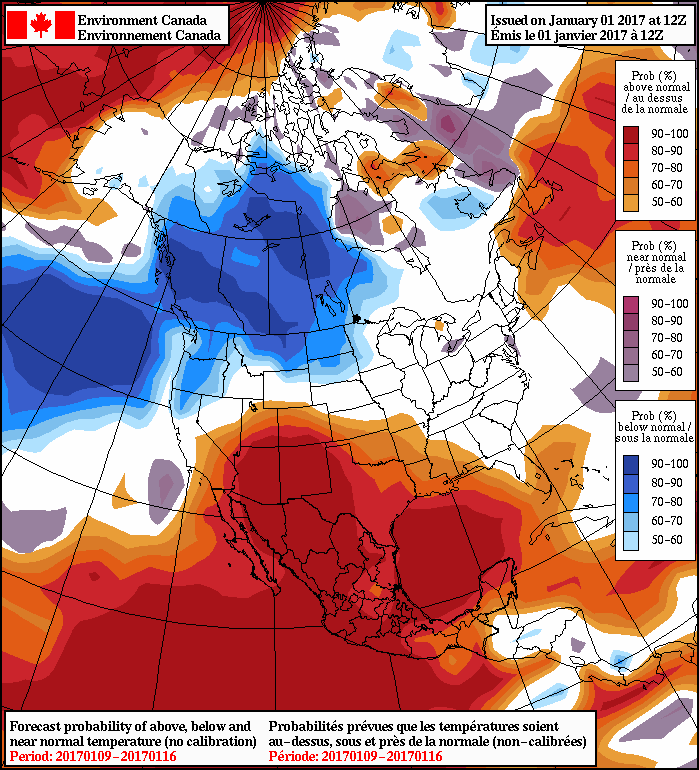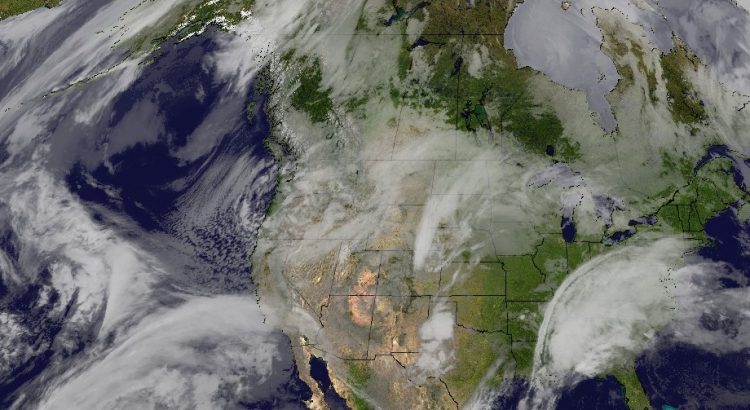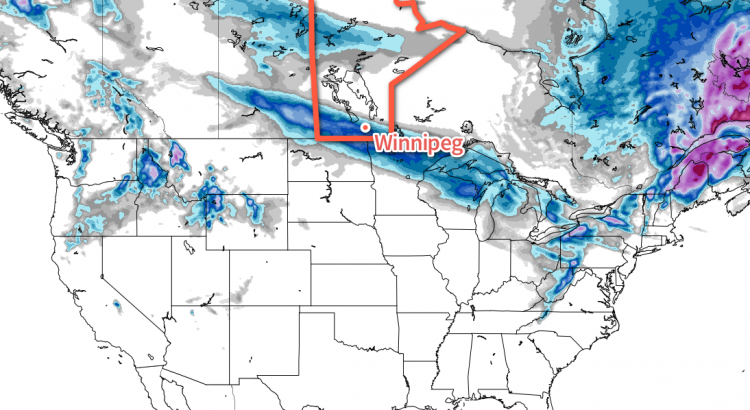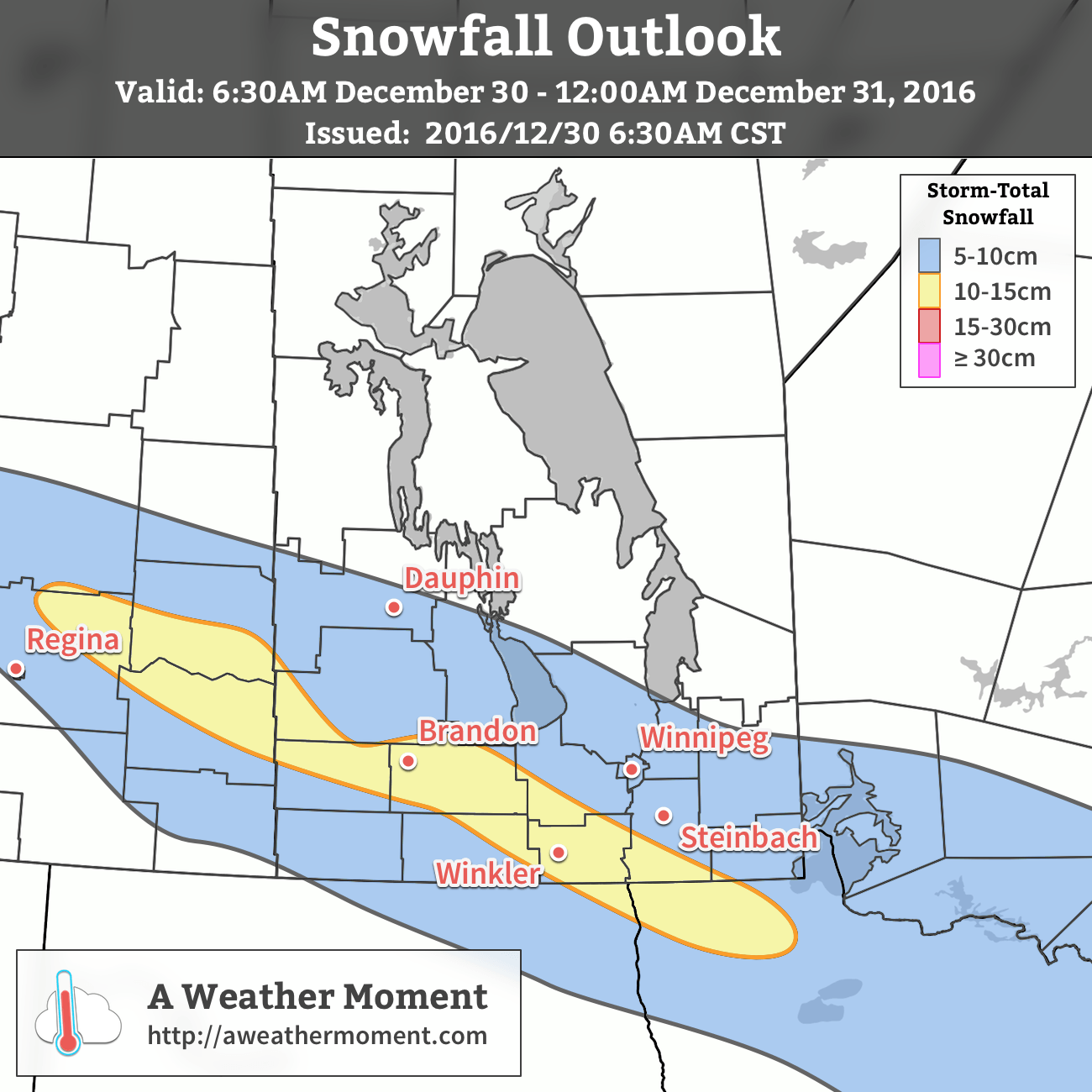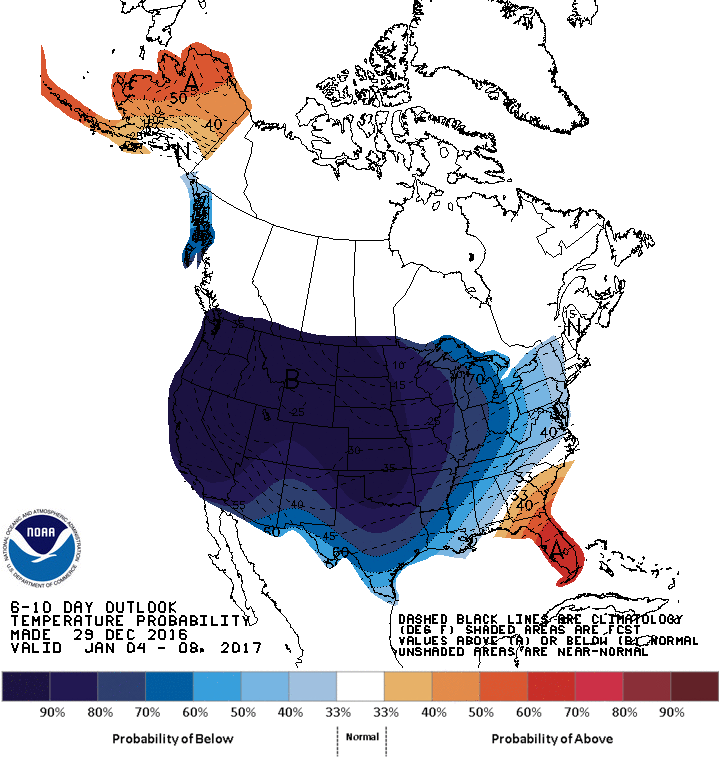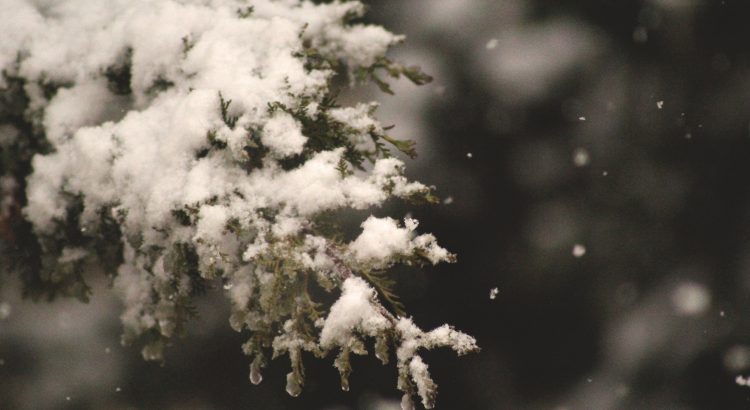Environment & Climate Change Canada (ECCC) issued, for the first time in recent memory, an annual summary of summer severe weather statistics for the Canadian Prairies. With 2016 on record as particularly active year, it’s helpful to receive official numbers from Canada’s official source for weather information.
ECCC defines what exactly a severe thunderstorm event is in their bulletin and what numbers they’re using for averages:
This summary provides the severe weather report numbers for the 2016
summer severe weather season on the Canadian Prairies (Alberta,
Saskatchewan and Manitoba), focusing specifically on severe weather
caused by thunderstorms between April and September. This summary
also compares the 2016 season with the 30 year average (for
tornadoes the 1980-2009 average is used).
A severe thunderstorm event is the occurrence of one or more of:
large hail (two centimetres or larger in diameter), heavy rain (50
mm or more within one hour, strong winds (gusts of 90 km/h or
greater, which could cause structural wind damage) or a tornado.
Summer Severe Weather Events
This year had a total of of 595 summer severe weather reports across Alberta, Saskatchewan and Manitoba, a 139% increase over the 30-year average of 249 reports. The largest increase occurred in hail events, where a total of 368 events marked nearly a 2x increase over the 30-year average of 129 events. Notably, Manitoba ended up with the highest number of reports, given that Alberta typically receives more hail than areas further east.1 Manitoba ended up taking top spot in all severe weather categories, which will come to no surprise to those who remember the relentless nature of this summer’s thunderstorm activity.
2016 Severe Weather Event Breakdown
| Event Type | 2016 | 30-Year Average | % Change |
| Hail | 368 | 129 | +185% |
| Wind | 108 | 53 | +104% |
| Rain | 40 | 24 | +67% |
| Tornadoes | 46 | 43 | +7% |
2016 and 30-year normal severe thunderstorm event numbers for Alberta, Saskatchewan, and Manitoba.
Across all 3 provinces, numbers were up for every single category. Wind reports were above normal as well, which is expected with a significant increase in hail reports; the same features that help thunderstorms produce large hail also often lead to the capability of severe wind gusts. It was also a very wet year across the Prairies with a 67% increase in severe rain reports; of note it was a very wet summer across the Prairies with the wettest areas (compared to normal) being the Southern Red River Valley, southwestern Saskatchewan into southeastern Alberta, and northwestern Alberta. Of note in Manitoba was Letellier, which after taking a beating from what seemed like every single thunderstorm that formed in the Red River Valley ended up with a whopping 752 mm of rain this summer.
2016 Manitoba Severe Weather Event Breakdown
| Event Type | 2016 | 30-Year Average | % Change |
| Hail | 147 | 33 | +345% |
| Wind | 55 | 14 | +293% |
| Rain | 20 | 8 | +150% |
| Tornadoes | 18 | 10 | +80% |
2016 and 30-year normal severe thunderstorm event numbers for Manitoba.
While tornado numbers were within 10% of normal across the Prairies, Manitoba had significantly more than typical with a 80% increase over the 30-year normal in 2016. Several of these events were also high-profile events, with tornadoes in Waywayseecapo and Long Plain First Nation causing extensive damage and displacing many people, alongside several other damaging tornadoes events including significant damage in the Glenboro region. Another tornado narrowly missed Morden, however the town was slammed by severe winds in the rear-flank downdraft which caused widespread tree damage throughout the town. Hail reports stand out exceptionally in Manitoba, with nearly a 350% increase over the 30-year average. Overall, all severe weather parameters were well above normal this year in Manitoba thanks to an exceptionally active summer.
2016 Saskatchewan Severe Weather Event Breakdown
| Event Type | 2016 | 30-Year Average | % Change |
| Hail | 77 | 46 | +67% |
| Wind | 19 | 21 | -10% |
| Rain | 9 | 7 | +29% |
| Tornadoes | 14 | 18 | -22% |
2016 and 30-year normal severe thunderstorm event numbers for Saskatchewan.
By comparison, Saskatchewan had a relatively quiet summer. While it was very wet in the southwest, the number of severe events was about on par. There were some notable ones, such as the Estevan flood which saw 137 mm of rain fall in must a few hours, but all was more or less on par. Perhaps the biggest news story from Saskatchewan in 2016 was the abundance of cold-core funnel clouds, which highlighted that there are educational opportunities within the public and media sectors with respect to the spectrum of “skinny things in the sky” and what sort of attitude and precautions are appropriate in specific situations.
2016 Alberta Severe Weather Event Breakdown
| Event Type | 2016 | 30-Year Average | % Change |
| Hail | 144 | 50 | +188% |
| Wind | 34 | 18 | +89% |
| Rain | 11 | 9 | +22% |
| Tornadoes | 14 | 15 | -7% |
2016 and 30-year normal severe thunderstorm event numbers for Alberta.
Alberta saw a significant increase in hail and wind events, but the rest remained close to on-par for the 30-year average. I can’t speak to their numbers too much as I was keeping plenty busy with the weather here in Manitoba!
Summer Severe Weather Bulletins
ECCC also supplied the number of bulletins they issued across the Prairie region this summer.
2016 Summer Severe Weather Bulletin Breakdown
| Type | 2016 | 30-Year Average | % Change |
| Warnings | 3685 | 3036 | +2.1% |
| Watches | 1193 | 1067 | +11.8% |
| Total | 4878 | 4103 | +1.9% |
2016 and 30-year normal severe thunderstorm bulletin numbers for Alberta, Saskatchewan, and Manitoba.
The important part to note here is that the warnings are issued for smaller regions than watches. This means that there will be more warnings any given year than there are watches, not that a lot of places without severe thunderstorm watches received warnings. With numbers significantly higher than event reports (as is typical), percentages here will be much smaller than seen above, but represent significant change.
As expected, the number of watches and warnings were higher than average this year. Perhaps the most notable thing is how large those numbers are. It seems summer keeps the folks at ECCC busy!
ECCC’s Bulletin
Below is the entirety of the bulletin issued by ECCC. As it was issued as a weather summary, it won’t remain on ECCC’s site past the day of issue.
Weather summary
for Manitoba
issued by Environment Canada
at 7:39 a.m. CST Wednesday 28 December 2016.
Discussion.
2016 Prairie Summer Severe Weather Season Summary
This summary provides the severe weather report numbers for the 2016
summer severe weather season on the Canadian Prairies (Alberta,
Saskatchewan and Manitoba), focusing specifically on severe weather
caused by thunderstorms between April and September. This summary
also compares the 2016 season with the 30 year average (for
tornadoes the 1980-2009 average is used).
A severe thunderstorm event is the occurrence of one or more of:
large hail (two centimetres or larger in diameter), heavy rain (50
mm or more within one hour, strong winds (gusts of 90 km/h or
greater, which could cause structural wind damage) or a tornado.
Thunderstorms are the most frequent weather threat to life and
property on the Canadian Prairies. The 2016 summer severe weather
season was very active, and was longer than average. In 2016, there
were 595 reported severe weather events from thunderstorms on the
Prairies. There were 46 reported tornadoes, 368 severe hail reports,
108 reports of severe winds and 40 reports of severe rainfall. Of
the 46 reported tornadoes, 15 had associated damage.
Summary of severe weather types for all 3 Prairie Provinces, by
number of reports:
Hail
2016: 368
30 year average: 129
Wind
2016: 108
30 year average: 53
Rain
2016: 40
30 year average: 24
Tornadoes
2016: 46
1980-2009 average: 43
All types
2016: 595
30 year average: 249
Summary of severe weather types for Alberta, by number of reports:
Hail
2016: 144
30 year average: 50
Wind
2016: 34
30 year average: 18
Rain
2016: 11
30 year average: 9
Tornadoes
2016: 14
1980-2009 average: 15
Summary of severe weather types for Saskatchewan, by number of
reports:
Hail
2016: 77
30 year average: 46
Wind
2016: 19
30 year average: 21
Rain
2016: 9
30 year average: 7
Tornadoes
2016: 14
1980-2009 average: 18
Summary of severe weather types for Manitoba, by number of reports:
Hail
2016: 147
30 year average: 33
Wind
2016: 55
30 year average: 14
Rain
2016: 20
30 year average: 8
Tornadoes
2016: 18
1980-2009 average: 10
The Prairie and Arctic Storm Prediction Centre is responsible for
thunderstorm watches and warnings for the three Prairie Provinces,
as well as Nunavut and the Northwest Territories. These duties are
shared between two offices, located in Edmonton and Winnipeg. The
PASPC Edmonton and Winnipeg offices issued 3685 thunderstorm or
tornado warnings and 1193 thunderstorm or tornado watches for the
Prairies during the 2016 severe weather season. This was above the
average (2005 to present) of 3036 warnings issued and 1067 watches
issued.
Summary of alert bulletins for all 3 Prairie Provinces, by number
issued:
2016 Warnings: 3685
30 year average: 3036
2016 Watches: 1193
30 year average: 1067
2016 total alert bulletins: 4878
30 year average: 4103
This summary contains all reports provided to the Prairie and Arctic
Storm Prediction Centre as of December 2016. These data may be
updated if new information surfaces. Unless otherwise noted, the 30
year average is for the period from 1986 to 2015.
Please note that this summary may contain preliminary or unofficial
information and does not constitute a complete or final report.
End/PASPC
For more information on this summer’s severe weather & variation from climatological normals in Manitoba, check out our State of the Climate – A Stormy Summer 2016 post.


